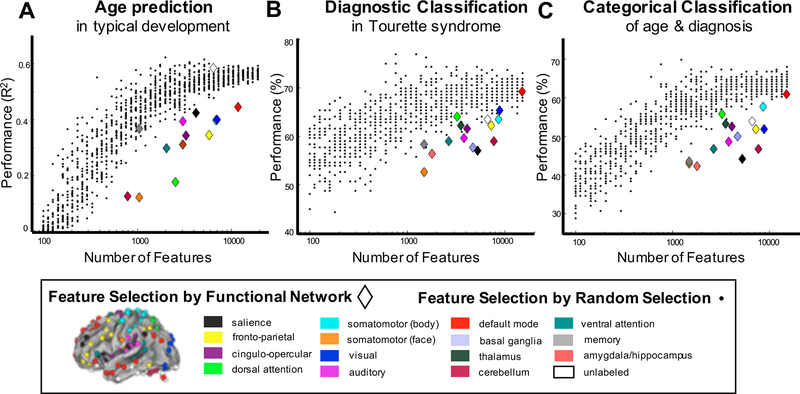Figure 2. Comparing classifiers using features from different functional networks is confounded by feature number.
Performance of classifiers improved with increasing numbers of features; performance of classifier built from single functional networks was poorer than classifiers built from randomly selected functional connections. Support vector machine learning approaches were used to identify patterns of functional connectivity that A. related to age in a training set of typically developing individuals (N=129, 7–31yrs), B. distinguished individuals with Tourette syndrome from control subjects (N=156, 7–35 yrs), and C. categorized individuals by both age-group (child, adult) and diagnosis (Tourette syndrome, control) (N=156, 7–35 yrs). For each case, classifiers were built using either the functional connections associated with a single functional network (e.g., within the default-mode and between the default-mode and other networks) or randomly selected sets of functional connections that ranged from 100 to 20,000 features.

